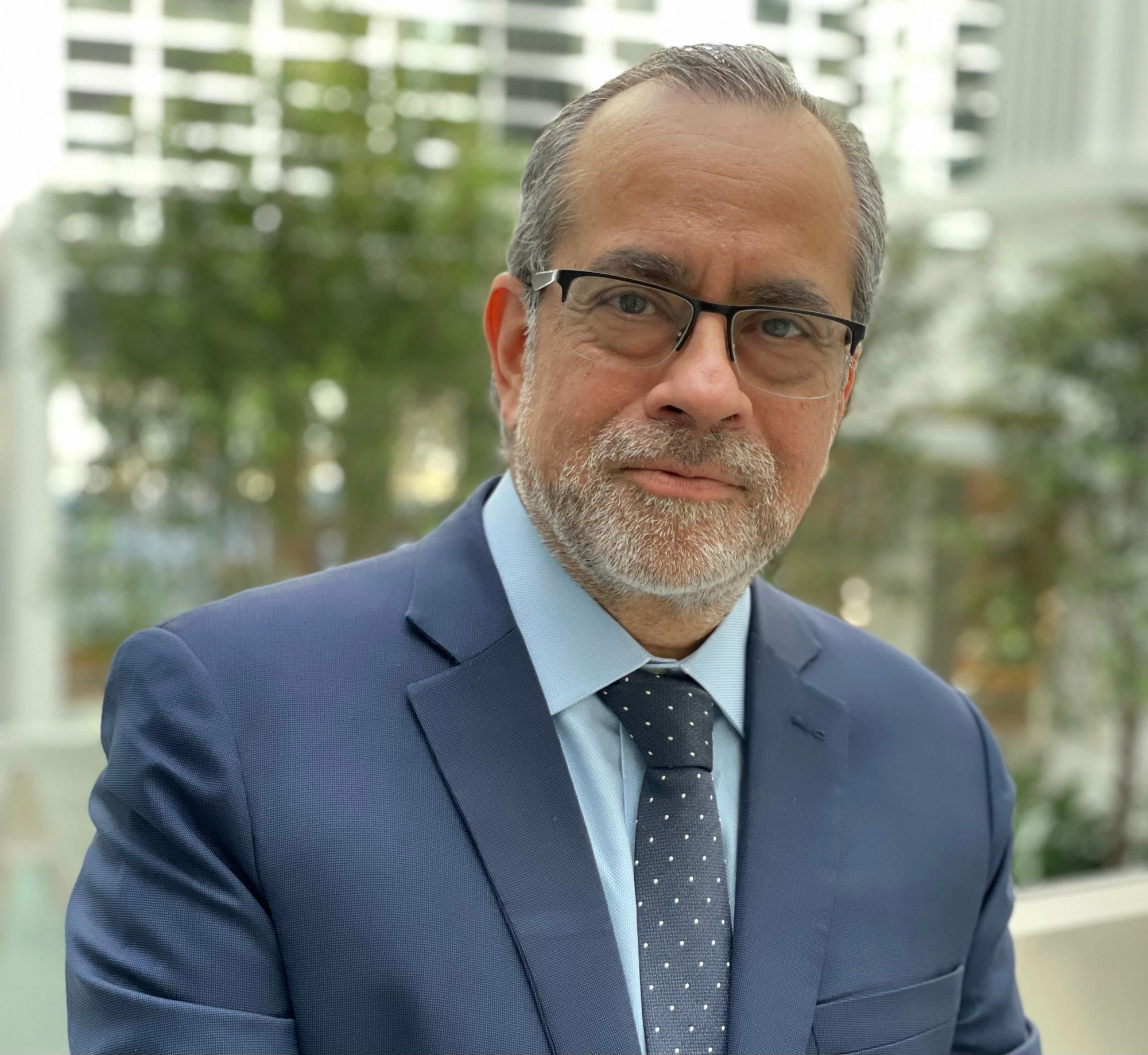
Over the past decades, education investments in the developing world have led to unprecedented enrollment rates. Yet, even with these historic investments, children sit in classrooms every day without learning. More than a schooling crisis, we face a learning crisis. Despite progress in countries as diverse as Vietnam, Colombia and Peru, millions of children leave school without knowing how to read a paragraph or solve a simple two-digit subtraction.
Education systems are extremely complex. They must deliver a quality service, every single day, to millions of children. This is no easy task, especially when aiming to transcend cultural, geographic and socioeconomic differences, and equalize opportunities by offering excellent services to all. But difficult does not mean impossible. In fact, many countries have already achieved it: some OECD members took several decades to improve their school systems, while others, like Korea, did it in less than 20 years. In 1945, Korea was a poor, war-devastated country, where almost 80 percent of the population was illiterate. By the late sixties, it already had a very decent system with illiteracy rates of less than 15 percent. Now, it is exceptional.
Successful education reform requires three critical ingredients:
First, it must have reasonably well-designed policies or programs. I say “reasonably” because a perfectly designed policy does not exist. For instance, a policymaker may use top-notch economic knowledge or international best practices to ideate a new incentive mechanism that improves teacher effectiveness. However, critical adjustments that take on account country-specific institutional and managerial contexts can only be made during implementation. That is why a good design must be paired with a mechanism to assess if implementation is following the right course, identify and measure impact, and improve the policy over time. That capacity to learn and adapt comes with time, but it is absolutely critical.
Second, institutions—and the people who work in them—need to be trained to effectively implement reform. A country’s ability to execute change depends largely on the quality of its civil service, as well as on the organizational and incentive structures of the ministries. As a result, countries need civil servants who have adequate technical and management know-how, as well as commitment and a clear understanding of the importance of their mandate.
As Minister of Education in Peru, I met committed and talented civil servants like that every day. I remember a Saturday in March 2016, when an advisor in my office went to the Ministry building at 11 p.m. to pick up materials needed for the beginning of the school year. He called me surprised: there were 20 young people there, working on a weekend at midnight as if it were a typical Monday morning. From my living room, I asked to speak with them, and inquired about the task that they were doing. After a quick debrief, I thanked them for their commitment and dedication to education. One of the young people, Jessica, interrupted me saying: “No, Minister, there’s no need to thank us. We are here changing lives.” She was right. Those are the bureaucrats that have internalized the importance of their mandate.
Implementation capacity varies among civil services in different countries and contexts. In many cases, it is the main obstacle to the success for policy change. Hence, it is critical to make a concerted and collective effort to shore-up the quality and commitment of education bureaucracies.
Third, there must be political alignment around education reform so that student learning, is always the sole focus of reform efforts. The executive branch, public opinion, trade unions, media, teachers, business sector, parliaments, local authorities, and parents need to unify around the common goal of education reform. The World Bank’s upcoming World Development Report 2018: Learning to Realize Education’s Promises states that sometimes, interests other than learning influence the behavior of different actors: politicians might focus on providing benefits to special groups. Trade unions might seek political influence. Bureaucrats might try to protect their power base. Teachers might be fixated on job security. Service providers, meanwhile, might be interested in profit, causing them to push for solutions that don’t promote student welfare.
Aligning all these actors sustainably, and having learning and quality education as the single element that drives their efforts, is fundamental to sustain reforms along time. That alignment is complex and sometimes unstable, but it is feasible. The challenge is to make it the rule rather than the exception.
When these three factors come together— reasonable design, implementation capacity, and political alignment—student learning can improve dramatically. That is probably the sole most important determinant of the future of a nation.
Find out more about World Bank Group Education on our website and on Twitter.


Join the Conversation